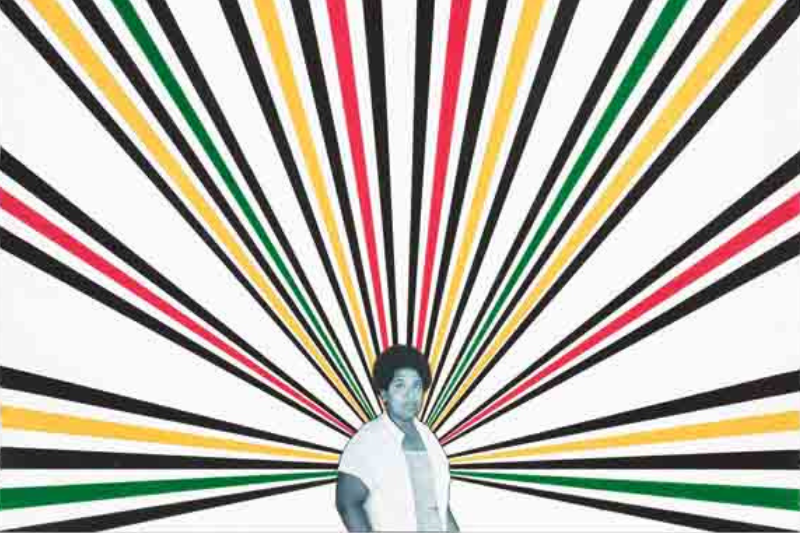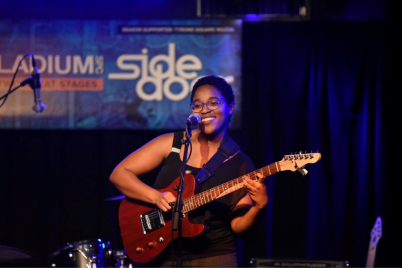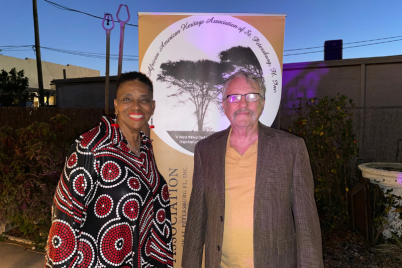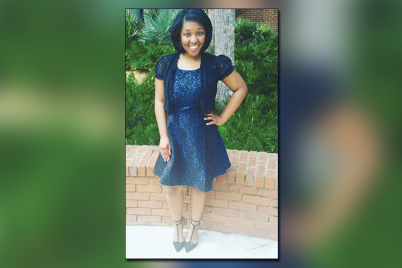Rico Gatson, ‘Audre #2,’ 2021. Color pencil and photograph collage on paper. 22 x 30 inches. Courtesy of the artist and Miles McEnery Gallery.
TAMPA — The USF Contemporary Art Museum, part of the Institute for Research in Art in the USF College of The Arts, presents “Poor People’s Art: A (Short) Visual History of Poverty in the United States,” on view Jan. 13 through March 4.
Dr. Martin Luther King Jr. is well known for his “I Have a Dream” speech, yet much less emphasis is placed on his campaign to seek justice for America’s poor: “The Poor People’s Campaign.” This was a multi-cultural, multi-faith, multi-racial movement aimed at uniting poor people and their allies to demand an end to poverty and inequality.
Fifty-three years after Dr. King’s death, the Rev. William Barber II launched a contemporary push to fulfill MLK’s ambitious brief that called for a “revolution of values” that united the poor and impacted communities across the country.
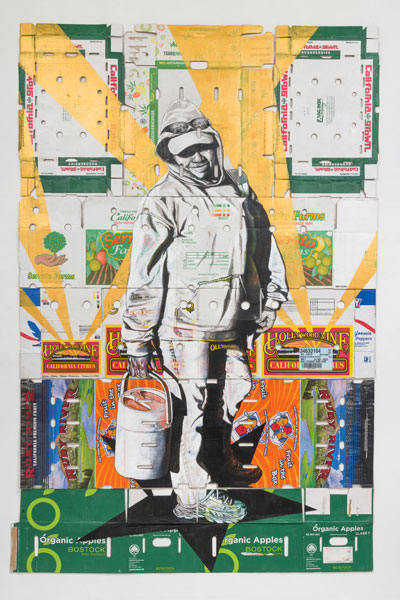
Narsiso Martinez, ‘Hollywood & Vine,’ 2022. Courtesy of the artist and Charlie James Gallery, Los Angeles. Photo credit: ofphotostudio.
The Poor People’s Art exhibition represents a visual response to Dr. King’s “last great dream” and Barber’s recent “National Call for Moral Revival.”
With artworks spanning more than 50 years, the exhibition is divided into two parts: “Resurrection (1968-1994)” and “Revival (1995-2022).” The exhibit includes photographs, paintings, prints, videos, sculptures, books, and ephemera made by a radically inclusive company of American artists, from Jill Freedman’s photographs of Resurrection City, the tent enclave that King’s followers erected on the National Mall in 1968, to John Ahearns’ plaster cast sculpture “Luis Fuentes, South Bronx” (1979).
“Revival” offers contemporary engagement across various approaches, materials and points of view. Conceived in a declared opposition to poverty, racism, militarism, environmental destruction, health inequities and other interlocking injustices, this exhibition shows how artists in the US have visualized poverty and its myriad knock-on effects since 1968.
Participating artists include John Ahearn, Nina Berman, Martha De la Cruz, Jill Freedman, Rico Gatson, Mark Thomas Gibson, Corita Kent, Jason Lazarus, Miguel Luciano, Hiram Maristany, Narsiso Martinez, Adrian Piper, Robert Rauschenberg, Rodrigo Valenzuela, William Villalongo and Shraddha Ramani.
Poor People’s Art Panel Discussion Thursday, Jan. 12 at 7 p.m. | USF School of Art & Art History Lecture Hall (FAH 101)
Join us for a panel discussion with artists featured in “Poor People’s Art: A (Short) Visual History of Poverty in the United States,” including Nina Berman, Rico Gatson, and Jason Lazarus. Curator Christian Viveros-Fauné will lead the conversation exploring issues and topics addressed in the exhibition. This event is free and open to the public.
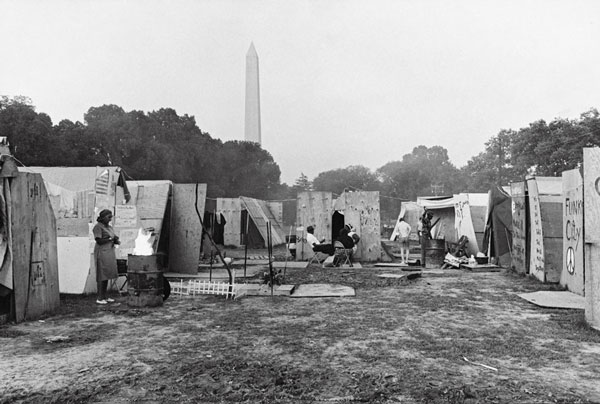
Jill Freedman, ‘Resurrection City’ 1968. The Jill Freedman Irrevocable Trust.
Friday, Jan. 13, from 6:30-9 p.m. “Poor People’s Art” Gallery Tour + opening reception | USF Contemporary Art Museum (CAM)
Come celebrate the opening of “Poor People’s Art: A (Short) Visual History of Poverty in the United States.” Exhibition curator Christian Viveros-Fauné and artist Miguel Luciano will lead a gallery tour at 6:30 p.m., followed by an opening reception until 9 p.m. This event is free and open to the public.
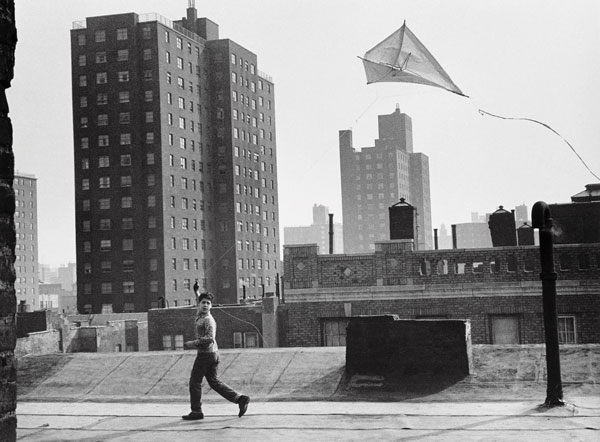
Hiram Maristany. ‘Kite Flying On Rooftop,’ 1964. Courtesy of the Estate of Hiram Maristany.
Thursday, Jan. 26 at 6 p.m. “Old News/New News: Resurrection City and Visualizing Poverty in America” | USF School of Art & Art History Lecture Hall (FAH 101)
This talk considers the crucial role of photography in creating our understanding of poverty in America. Lisa Sutcliffe, curator in the Department of Photographs of the Metropolitan Museum of Art, and Christian Viveros-Fauné, curator of “Poor People’s Art” will discuss Jill Freedman’s photographs of “Resurrection City” as well as the work of other photographers as they uncover the unique relationship between photography and the public perception of economic hardship. This event is free and open to the public.
Exhibition workbook
A full-color, 44-page workbook is available to students and museum visitors without cost and includes an essay by Christian Viveros-Fauné, Curator-at-Large.
Hours: Monday-Friday 10-5 p.m., Thursday 10-8 p.m., Saturday 1-4 p.m., Closed Sundays and university holidays (Jan. 16 in observance of Dr. Martin Luther King, Jr. holiday), special hours Jan. 13 6:30-9 p.m. All events are free and open to the public.

